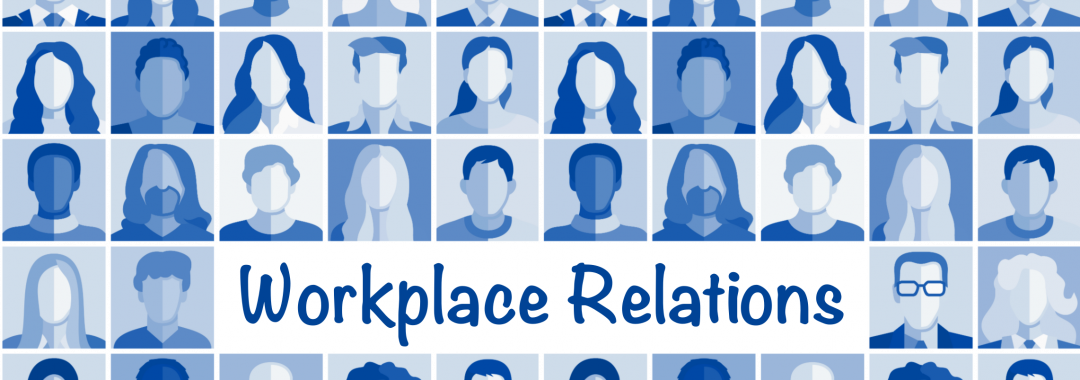
Trust is a vital component of workplace relations. A study by Rita Men[1] and colleagues explored the impact of supervisor communication for enhancing trust, focusing particularly on the Covid19 pandemic period. Basing their research on Motivating Language Theory (Mayfield and Mayfield[2]), they explored the impact of the three main facets of this theory:
- Direction-giving language
- Meaning-making language (how an employee’s purposes/goals can fit in with organisational vision)
- Empathetic language (messages that convey genuine care for the employee’s well-being)
They found that while all facets influenced employee trust, empathetic language had by far the biggest effect.
So, what is meant by empathetic language? Mayfield and Mayfield include many different (some interconnected) elements in their theory, as shown in the table below

Mayfield and Mayfield point out that mastering empathetic language is an ongoing journey rather than an end state. They also refer to politeness as an easy element to carry out. Yet in our experience this is not necessarily the case, because cultural factors can have a major impact on what counts as ‘polite’. More broadly, there are also cultural differences in the relative focus people attach to task versus relationship.
Overall, though, this latest research indicates the importance of managing workplace relations effectively and the key role that communication plays in this.
Get in touch with us if you’d like to learn more about our work on rapport and (global) workplace relations.
Professor Helen Spencer-Oatey, Director
References
[1] Men, R. L., Qin, S. Y., & Jin, J. (2021). Fostering employee trust via effective supervisory communication during the COVID-19 Pandemic: Through the lens of Motivating Language Theory. International Journal of Business Communication. Online first. Doi:10.1177/23294884211020491
[2] Mayfield, J., & Mayfield, M. (2018). Motivating Language Theory. Palgrave Macmillan.

